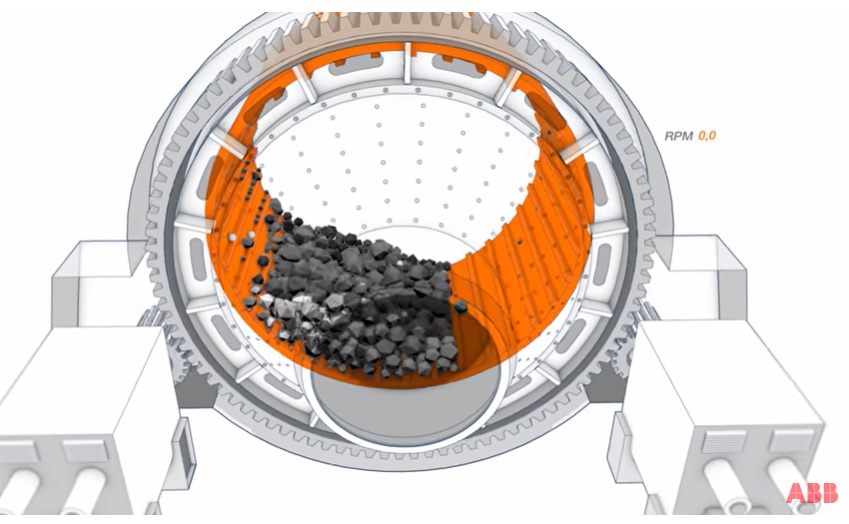Voith Helps Growth of Zero-Emission Public Transport in the UK

Nowhere else in Europe were as many electric buses newly registered last year as in the UK. Out of 2,554 standard single- and double-decker buses, 1,150 were fitted with a purely electric drivetrain (BEV or FCEV). By comparison, in 2023 only 838 e-buses were registered in Germany, 743 in France, 563 in Norway and 410 in Italy. With UK bus manufacturers Alexander Dennis and Wrightbus fully embracing the VEDS (Voith Electrical Drive System), Voith has been instrumental in boosting the use of zero-emission public transport in the UK and Ireland.
“As of today, we have already supplied the UK with more than 1,000 VEDS drive systems for buses, a figure that is set to increase sharply,” says Holger Seefelder, vice president sales EMEA commercial vehicles at Voith. According to the e-mobility expert, there are two reasons for this development: “First, bus manufacturers Alexander Dennis and Wrightbus are using the Voith drive system for all their battery-electric and fuel-cell-electric buses.” Moreover, no other European country offers such a clear and reliable government funding framework for bus manufacturers and operators.
This is part of the UK government’s ZEBRA (Zero Emission Bus Regional Areas) funding program. According to the latest reliable government figures, total funding has amounted to around €2.34 billion since 2020. This already includes funding for the 2024/2025 financial years. What Holger Seefelder finds remarkable about this funding framework is the fact that “around 40 million pounds (approximately €47 million) has been provided specifically for rural communities. In the global metropolis of London and its commuter belt, the public transport network works extremely effectively. Via the ZEBRA 2 funding, the government is now focusing on rural regions,” says the mobility expert.
Voith sees the developments in the UK as very positive, not just economically but also from an ecological perspective. It is evidence that a functioning public transport system using electric vehicles can be developed not just in large cities but also across the country. The fact is that not just in the UK, but across the entire EU, more stringent exhaust gas emissions are resulting in the use of vehicles with much lower or zero CO2 emissions in cities and municipalities.
To bridge the gap between diesel and electric, Voith offers the DIWA NXT transmission technology, which is suitable for both diesel and gas-powered buses and enables fuel savings of 16 percent and correspondingly lower emissions. The zero-emission solution would be possible with a hydrogen combustion engine in combination with a DIWA NXT transmission. Other options are fuel cell or battery-electric vehicles where both variants are equipped with the VEDS drive system.
The series-produced VEDS has already been supplied to the UK more than a thousand times and offers 20 percent greater efficiency than comparable products by competitors. This figure was determined by the non-profit Zemo Partnership following a certification process in which Zemo tested the two bus models GB Kite Electroliner and StreetDeck from Wrightbus. According to Robert Best, Director of Engineering at Wrightbus, the Northern Ireland-based bus manufacturer wants to equip more than 1,000 vehicles with the VEDS by 2025 alone.
Zemo determined even better values for two models from English bus manufacturer Alexander Dennis, whose Enviro400EV double decker and Enviro100EV buses are both fitted with the VEDS. “Thanks to lower energy consumption we are reducing our customers’ running costs and ensuring that the transition to zero-emission technology is both sustainable and profitable,” says Chris Gall, group engineering director at Alexander Dennis, which is already planning the production of around 500 new Enviro400EV buses for next year.





